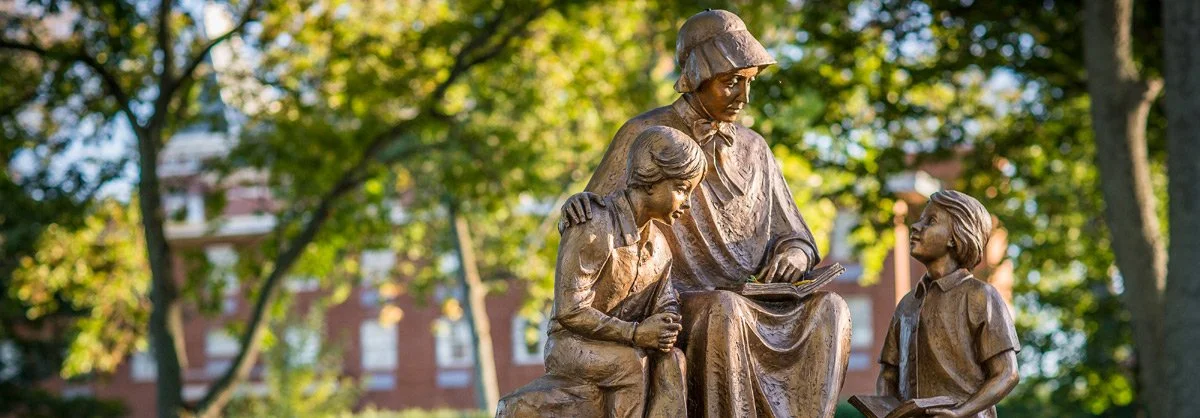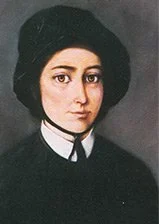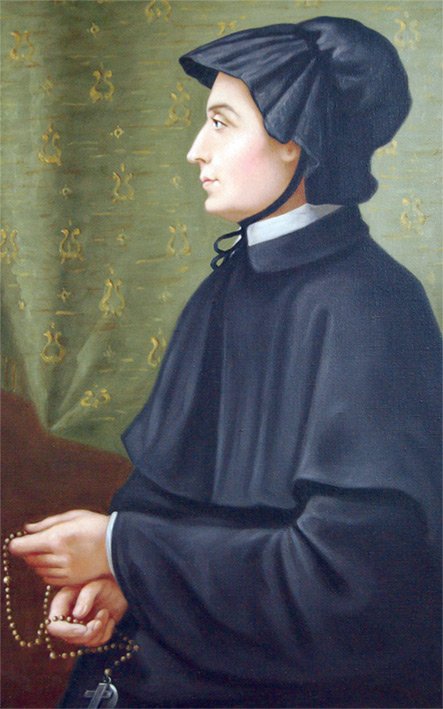The Life of Saint Elizabeth Ann Seton
“Elizabeth Ann Seton is a saint. St. Elizabeth Ann Seton is an American. All of us say this with special joy, and with the intention of honoring the land and the nation from which she sprang forth as the first flower in the calendar of the saints. Elizabeth Ann Seton was wholly American! Rejoice for your glorious daughter. Be proud of her. And know how to preserve her fruitful heritage.” – Pope Paul VI
The Los Angeles Maryvale Guild’s latest fundraising endeavor, Seton House, seeks to provide safe, temporary housing for single mothers, empowering them with tools to help change the trajectory of their lives. But, why is Maryvale’s program called Seton House? Seton House is named after Saint Elizabeth Seton, an American saint who was canonized by Pope Paul VI. Read on to learn more about Saint Elizabeth and her good works.
Elizabeth Ann Bayley was born in New York City on August 28, 1774 to a prominent Episcopal family, and lost her mother at the age of three. In 1794, at the age of 19, Elizabeth married William Magee Seton, a wealthy businessman with whom she had five children. William died of tuberculosis in 1803, leaving Elizabeth a young widow. After discovering Catholicism in Italy, where her husband had died, Elizabeth returned to the United States and entered the Catholic Church in 1805 in New York.
After a number of difficult years, Elizabeth moved in 1809 to Emmitsburg, Maryland, where she founded the Sisters of Charity of St. Joseph’s, the first community for religious women established in the United States. She also began St. Joseph’s Academy and Free School, planting the seeds of Catholic education in the United States. Her legacy now includes religious congregations in the United States and Canada, whose members work on the unmet needs of people living in poverty in North America and beyond.
Mother Seton, as she is often called, was canonized on Sunday, September 14, 1975 in St. Peter’s Square by Pope Paul VI. She was the first citizen born in the United States to be given the title of “Saint.” Her remains are entombed in Emmitsburg in the Basilica at the National Shrine that bears her name.



